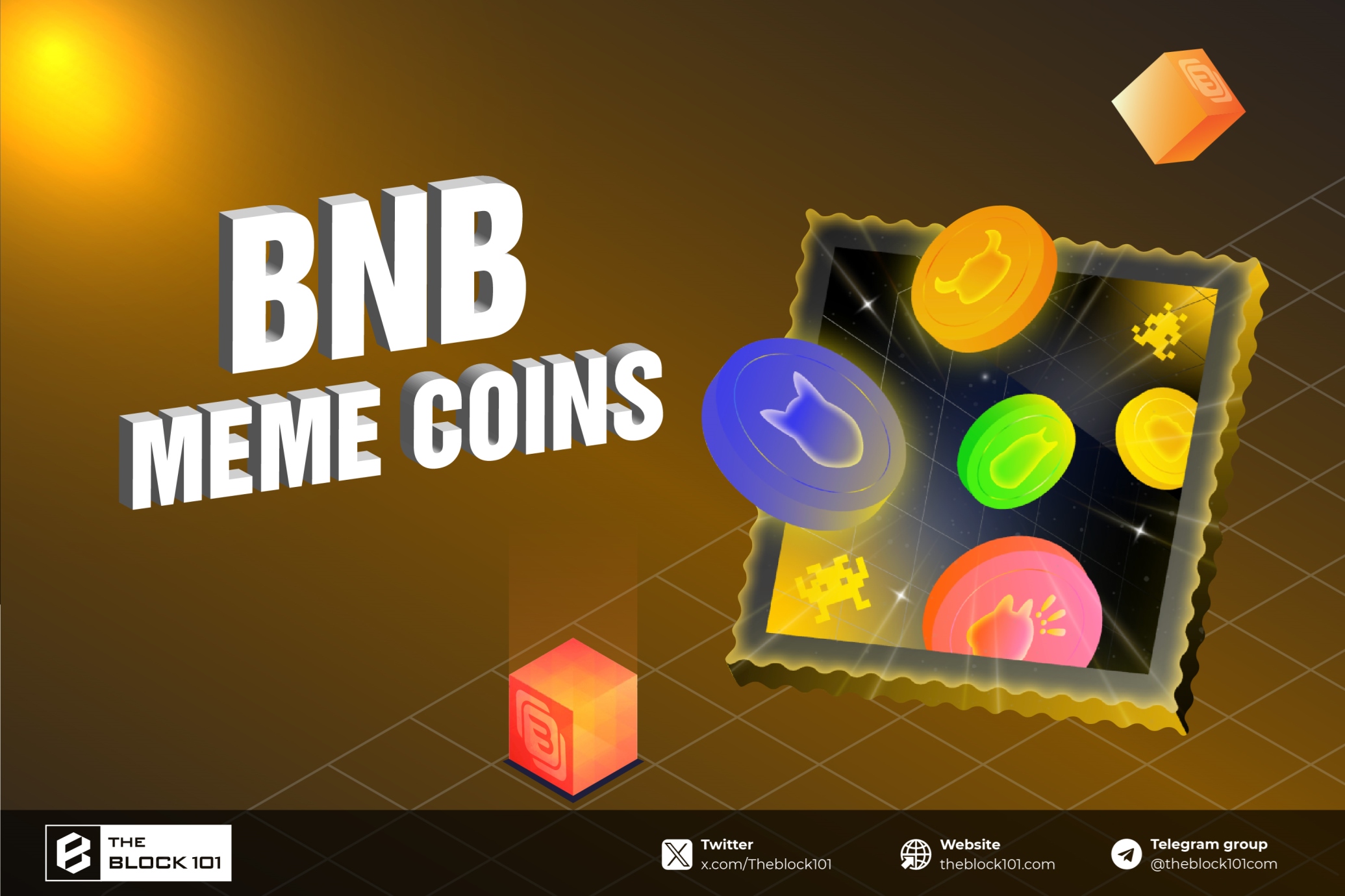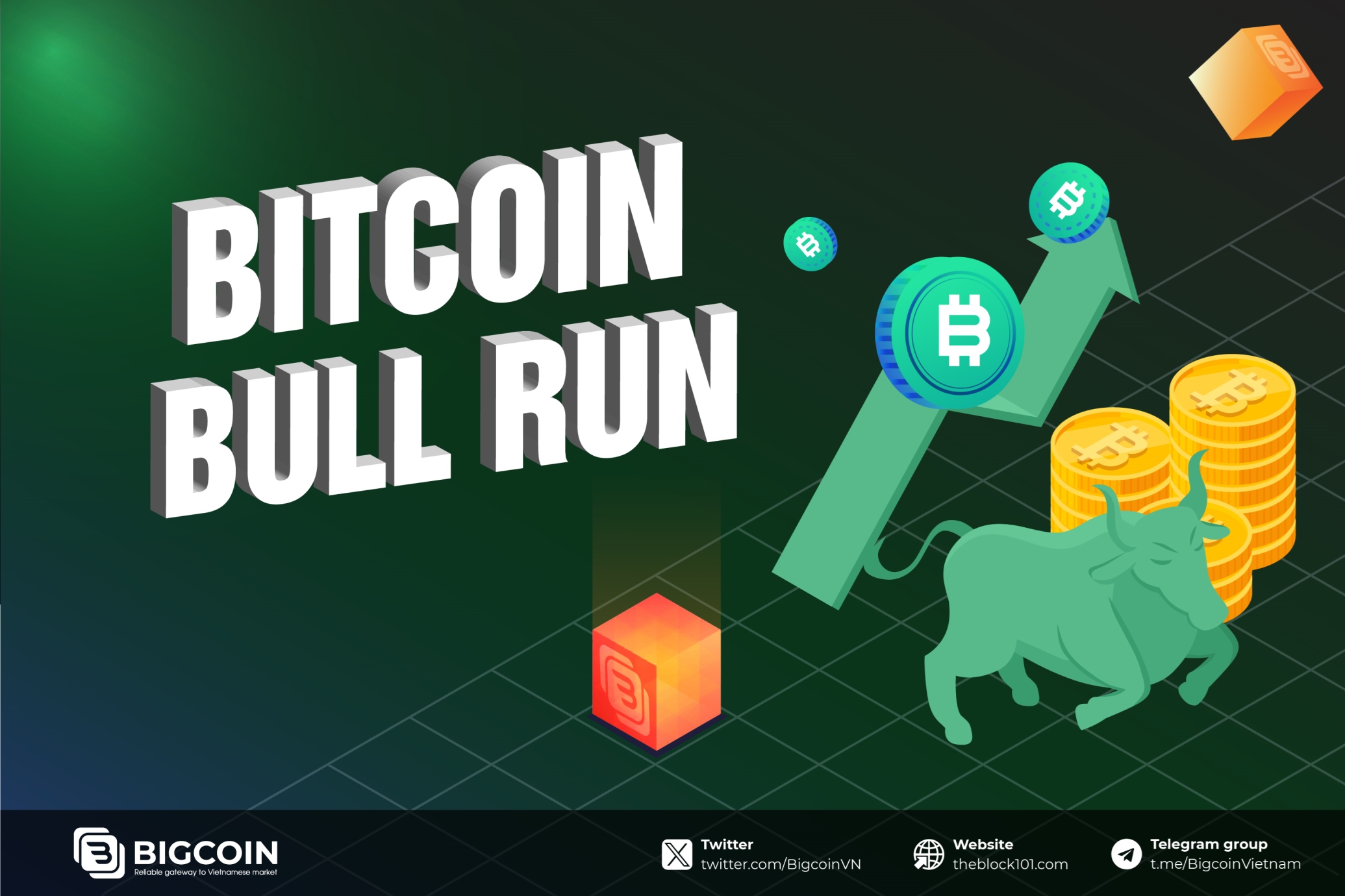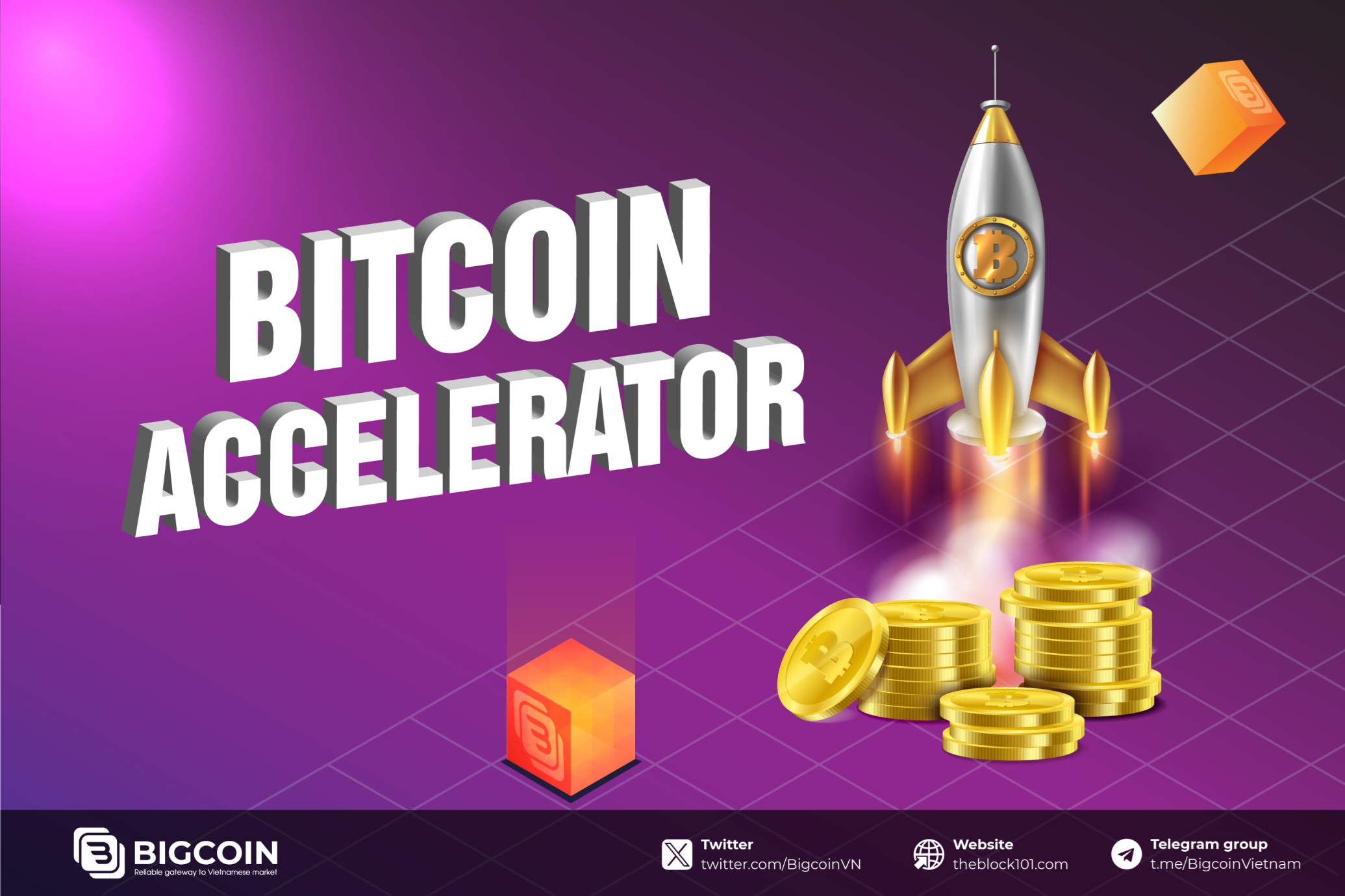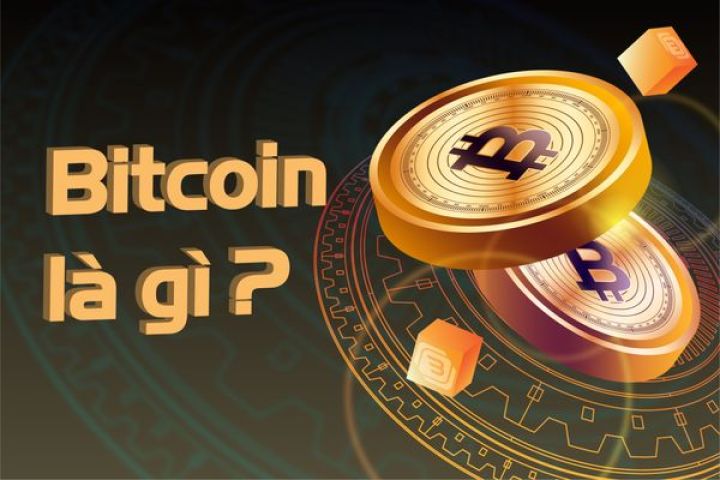1. What is a Stablecoin?
1.1. What is a Stablecoin?
A stablecoin is a type of cryptocurrency built on blockchain technology. It is designed to maintain a stable value by being pegged to a reserve asset, such as fiat currency (like the US dollar or Euro), commodities (like gold), or other cryptocurrencies.
Stablecoins can be used as a medium of exchange, a store of value, or simply as a tool to protect assets from the high volatility of other cryptocurrencies like Bitcoin or Ethereum.
Popular stablecoins in the market today include USDT, USDC, DAI, BUSD, and TUSD.
1.2. The Indispensable Role of Stablecoins in the Crypto Ecosystem
Stablecoins have become an integral part of the cryptocurrency landscape, playing a pivotal role in fostering liquidity and stability within the market. Let's delve deeper into the multifaceted functions of stablecoins and how they benefit investors.
A Bridge to Web3 for Traditional Investors: For newcomers venturing into the world of cryptocurrencies, stablecoins serve as an onramp, facilitating seamless transactions. By providing a familiar reference point, such as USDT or USDC, which are pegged to the US dollar, investors can more easily grasp the value of other cryptocurrencies. For instance, trading an ETH/USDT pair offers a clearer understanding of Ethereum's price compared to an ETH/BTC pair.
A Haven for Value Storage: Owing to their inherent stability, stablecoins offer a secure repository for digital assets. When investors realize profits from their cryptocurrency investments, they can convert them into stablecoins to preserve their gains. Unlike more volatile cryptocurrencies, stablecoins provide a hedge against market fluctuations, ensuring that the value of their holdings remains relatively constant
A Medium of Exchange: In the crypto ecosystem, stablecoins function much like fiat currencies, serving as a medium of exchange for goods and services. They are ideal for liquidating volatile assets into a more stable form, mitigating the risk of sudden price drops. This flexibility allows investors to seamlessly transition between different cryptocurrencies without exposing their holdings to excessive market volatility
A Risk Management Tool: By design, stablecoins are designed to minimize price fluctuations. This makes them an invaluable tool for risk management. Investors can allocate a portion of their portfolio to stablecoins to diversify their holdings and reduce overall portfolio risk.
The Cornerstone of DeFi: Stablecoins underpin the decentralized finance (DeFi) ecosystem. They are used as collateral for loans, enabling users to borrow against their crypto holdings. Additionally, stablecoins are integral to yield farming and staking, where investors can earn rewards by locking up their assets
Stablecoins have emerged as a cornerstone of the cryptocurrency market. Their ability to provide stability, facilitate transactions, and serve as a store of value has made them indispensable for both novice and experienced investors. As the crypto industry continues to evolve, stablecoins will likely play an even more significant role in shaping the future of finance.
2. Key Characteristics of Stablecoins
Stablecoins possess several unique attributes that make them a compelling investment option within the cryptocurrency landscape.
Price Stability: The hallmark of stablecoins is their ability to maintain a relatively stable price. This is achieved by pegging their value to a stable asset, such as the US dollar or a basket of fiat currencies. As a result, investors can enjoy the benefits of cryptocurrency without being exposed to the high volatility commonly associated with digital assets.
High Liquidity: Stablecoins are highly liquid, meaning they can be easily exchanged for fiat currency or other cryptocurrencies. This liquidity ensures that investors can access their funds when needed, providing a level of convenience that is often lacking in other digital assets
Versatility: The applications of stablecoins are vast and varied. They can be used for a wide range of purposes, including payments, remittances, savings, and trading on cryptocurrency exchanges. This versatility makes stablecoins a valuable tool for both individuals and businesses.
Transparency and Security: Many stablecoins are backed by reserves of fiat currency or other assets, providing a level of transparency and security that is often lacking in other cryptocurrencies. This transparency helps to instill confidence in investors and ensures that the value of the stablecoin is adequately supported
Stablecoins offer a unique blend of stability, liquidity, and versatility, making them an attractive investment option for those seeking to participate in the cryptocurrency market. By understanding the key characteristics of stablecoins, investors can make more informed decisions and build a diversified portfolio that includes both traditional and digital assets.
3. A Comprehensive Guide to Stablecoin Classifications
Stablecoins, a class of cryptocurrencies designed to maintain a stable value, have emerged as a pivotal component of the cryptocurrency ecosystem. Broadly categorized into four primary types, stablecoins offer varying degrees of stability and risk. Let's delve into each classification.
3.1. Fiat-Backed Stablecoins
These are the most prevalent type of stablecoin and are pegged to a fiat currency like the US dollar or Euro. A reserve of the corresponding fiat currency is held in a bank account to maintain the peg. The value of these stablecoins is directly tied to the value of the underlying fiat currency.
Examples: USDT (Tether), USDC, BUSD (Binance USD), GUSD (Gemini Dollar)
- Tether (USDT): The largest stablecoin by market capitalization, USDT has been a pioneer in the stablecoin space. However, concerns about its reserves and transparency have been raised in the past.
- USD Coin (USDC): Backed by major financial institutions, USDC has gained significant traction. Its recent de-pegging incident due to the Silicon Valley Bank crisis highlighted the risks associated with fiat-backed stablecoins.
3.2. Commodity-Backed Stablecoins
These stablecoins are pegged to the value of a physical commodity, such as gold or oil. The issuer holds a reserve of the commodity to maintain the peg.
Examples: XAUT, PAXG
While commodity-backed stablecoins offer a level of stability, the value of the underlying commodity can fluctuate, impacting the stablecoin's price.
3.3. Crypto-Backed Stablecoins
Crypto-backed stablecoins are collateralized with other cryptocurrencies. To maintain the peg, the issuer holds a surplus of the collateral asset.
Example: DAI (MakerDAO)
DAI is one of the most popular crypto-backed stablecoins, using Ethereum as collateral. The MakerDAO protocol automatically adjusts the supply of DAI to maintain its peg to the US dollar.
3.4. Algorithmic Stablecoins
Algorithmic stablecoins rely on smart contracts and algorithms to maintain their peg. Unlike other types of stablecoins, they do not require reserves of fiat currency or other assets.
Example: UST (Terra)
The collapse of UST in early 2022 highlighted the risks associated with algorithmic stablecoins. The mechanism designed to maintain the peg proved to be unsustainable under extreme market conditions.
Key Takeaways:
- Fiat-backed stablecoins: Offer the highest degree of stability but are subject to counterparty risk.
- Commodity-backed stablecoins: Provide stability linked to the underlying commodity but are exposed to commodity price fluctuations.
- Crypto-backed stablecoins: Are less susceptible to regulatory risks but are dependent on the performance of the collateral asset.
- Algorithmic stablecoins: Offer a decentralized approach but are highly experimental and prone to systemic risks.
Choosing the right stablecoin for your investment strategy depends on several factors, including your risk tolerance, investment horizon, and understanding of the underlying mechanisms.
4. A Comprehensive Overview of Popular Stablecoins
Stablecoins have emerged as a cornerstone in the cryptocurrency ecosystem, offering a bridge between the volatile world of cryptocurrencies and the stability of traditional fiat currencies. Let's delve into some of the most prominent stablecoins currently in circulation.
Tether (USDT)
Undoubtedly the most widely adopted stablecoin, USDT is pegged to the US dollar. Its massive trading volume has made it a liquidity provider of choice on numerous cryptocurrency exchanges. However, concerns about its reserves and transparency have been raised in the past.
USD Coin (USDC)
Backed by Circle and Coinbase, two of the most reputable names in the crypto industry, USDC is another major player in the stablecoin market. Its strong backing and regulatory compliance have contributed to its widespread adoption.
Binance USD (BUSD)
Issued by Binance in partnership with Paxos, BUSD is a popular choice among Binance users. Its strict regulatory compliance and strong backing have solidified its position as a trusted stablecoin.
DAI
A decentralized stablecoin created by MakerDAO, DAI is collateralized by other cryptocurrencies, primarily Ethereum. This decentralized approach makes DAI less susceptible to regulatory risks but also introduces complexities in its governance and stability mechanism.
TrueUSD (TUSD)
TUSD is another US dollar-backed stablecoin known for its transparency and regular audits. Its commitment to regulatory compliance has made it a reliable choice for many investors
The TerraUSD (UST) Incident
It's important to note the collapse of TerraUSD (UST) in early 2022. UST was an algorithmic stablecoin that did not rely on reserves. Its failure highlighted the inherent risks associated with algorithmic stablecoins and triggered a broader discussion about the stability of the entire stablecoin ecosystem
5. Risks Associated with Stablecoins
While stablecoins offer many benefits, it's important to understand the inherent risks associated with these digital assets.
Transparency Concerns
Despite claims of full backing by reserves, many stablecoins face transparency issues. If these reserves are held by third-party institutions, such as banks, the stability of the stablecoin becomes dependent on the financial health of those institutions. The collapse of Silicon Valley Bank and its impact on USDC serve as a stark reminder of this risk. Moreover, the lack of independent audits makes it difficult to verify the exact composition and value of these reserves.
Centralization Risks
Contrary to the decentralized nature of cryptocurrencies, most stablecoins are issued by centralized entities. This centralization gives issuers significant control over the supply and redemption of stablecoins. In some cases, issuers may freeze accounts or restrict transactions, as seen with USDC in 2020. This centralization poses risks to financial freedom and user autonomy.
Depegging Risk
Depegging, or the loss of the stablecoin's peg to its underlying asset, is a significant risk. Algorithmic stablecoins, in particular, are susceptible to depegging events due to their reliance on complex algorithms. Even fiat-collateralized stablecoins can experience depegging if there is a loss of confidence in the issuer or if the underlying reserves are insufficient.
Regulatory Risks
The regulatory landscape for stablecoins is still evolving. Changes in regulations could impact the operations of stablecoin issuers and potentially lead to market disruptions.
6. FAQs
Stablecoins have gained significant traction in recent years, but many investors still have questions about their safety, stability, and regulation. Let's address some of the most common queries.
Q1. Are Stablecoins Safe?
The safety of a stablecoin depends on its underlying mechanism and the reputation of its issuer. Generally, stablecoins backed by real assets, such as fiat currency or commodities, are considered to be more secure than algorithmic stablecoins. However, as the collapse of TerraUSD demonstrated, even asset-backed stablecoins are not entirely risk-free
Q2. Can Stablecoins Lose Value?
Yes, stablecoins can lose value. While they are designed to maintain a stable price, factors such as market volatility, regulatory changes, or issues with the underlying collateral can cause a stablecoin to depeg from its target asset.
Q3. Are Stablecoins Regulated?
The regulatory landscape for stablecoins is evolving rapidly. Many jurisdictions are developing frameworks to oversee the issuance and trading of stablecoins. However, the specific regulations vary widely between countries.
Q4. Can Stablecoins Replace Fiat Currency?
While stablecoins offer certain advantages over traditional fiat currencies, such as faster and cheaper transactions, they are unlikely to completely replace fiat currency in the near future. For widespread adoption, stablecoins need to overcome challenges related to regulatory compliance, scalability, and user adoption.
Q5. How Can I Buy Stablecoins?
Stablecoins can be purchased on various cryptocurrency exchanges, such as Binance, Coinbase, and Kraken. You can typically buy stablecoins using fiat currency or by exchanging other cryptocurrencies. Additionally, some decentralized exchanges (DEXs) allow you to swap other tokens for stablecoins.
7. Conclusion
Stablecoins have emerged as a cornerstone of the decentralized finance (DeFi) ecosystem, providing a bridge between the volatile cryptocurrency market and the stability of traditional fiat currencies. Over the past decade, stablecoins have demonstrated their utility in various applications, from facilitating cross-border payments to serving as a store of value.
While stablecoins offer many advantages, such as price stability and faster transaction times, it's crucial to recognize the associated risks. The collapse of TerraUSD highlighted the vulnerabilities of algorithmic stablecoins and underscored the importance of robust regulatory frameworks.
Readmmore

 English
English Tiếng Việt
Tiếng Việt
%20(20).png)
%20(16).png)
%20(15).png)
%20(11).png)












